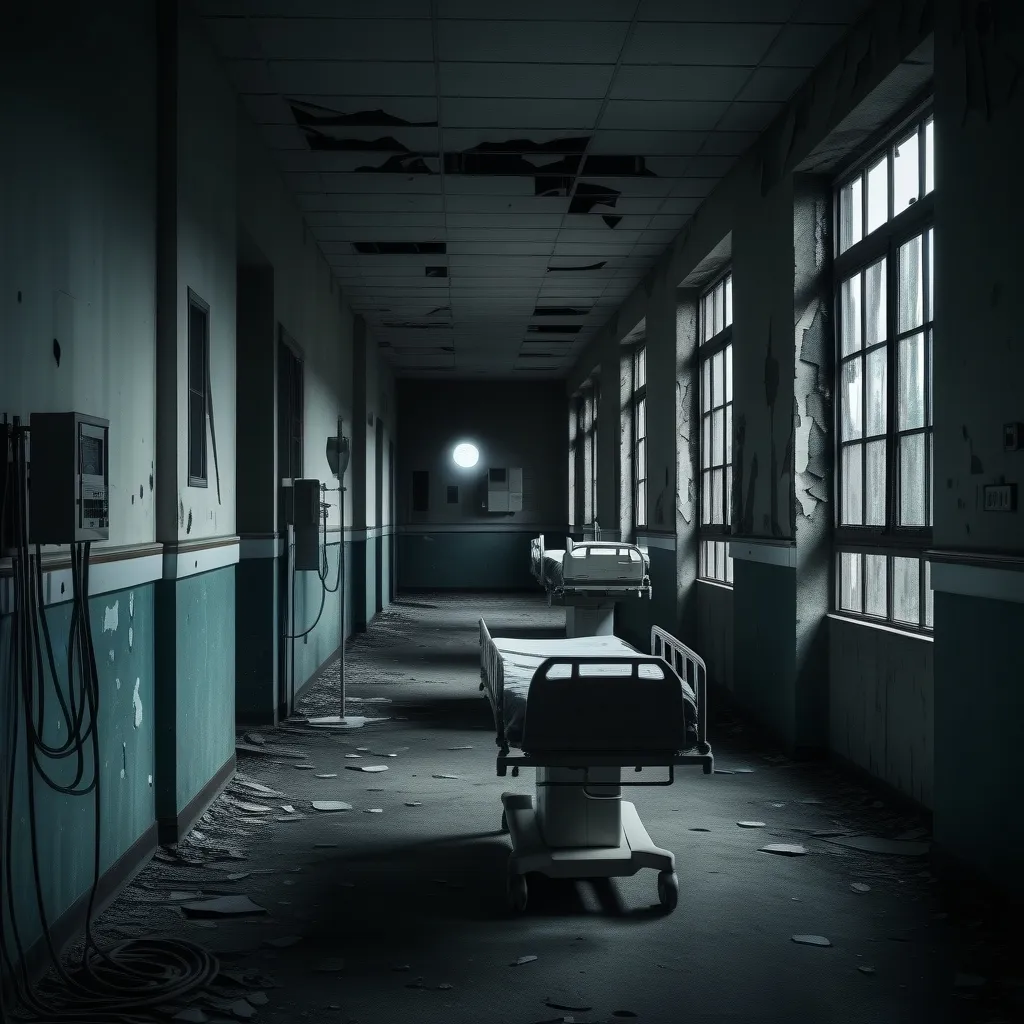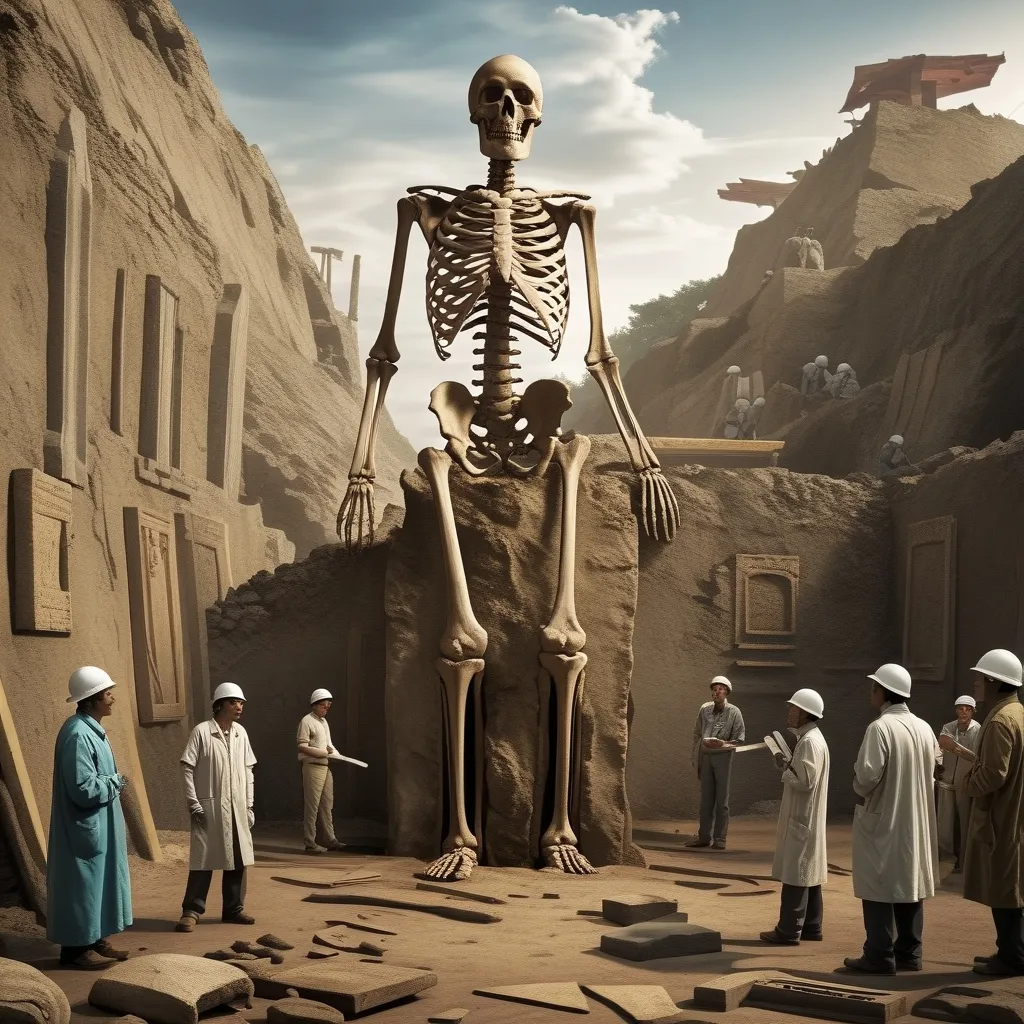Haunted Hospitals: Where History Meets the Supernatural
Ever walked through an abandoned hospital at night? The eerie silence broken only by the creak of old floorboards, the shadows dancing on peeling walls, and that inexplicable chill down your spine. It’s no wonder these places are hotbeds for ghost stories and urban legends. But what’s the real deal with haunted hospitals? Are they just fodder for horror movies, or is there something more to these spine-tingling tales?
Let’s dive into the world of haunted hospitals and asylums, where the line between the living and the dead gets pretty blurry. We’re talking about places that have seen more than their fair share of life, death, and everything in between.
Take the Linda Vista Community Hospital in East LA, for example. This place has more plot twists than a soap opera. Started out as a railroad workers’ hospital back in 1905, went through a fancy makeover in the 1920s, and even got a new name in 1937. But by the 1980s? It was like watching a car crash in slow motion. Gang violence, skyrocketing healthcare costs – you name it, Linda Vista was dealing with it. When it finally shut its doors in 1991, it was like the closing credits on a really dark movie.
But here’s where it gets interesting. Hollywood came knocking, and suddenly Linda Vista was the go-to spot for spooky film sets. Talk about a second act! Now, you’ve got to wonder – are those ghost stories real, or just leftover vibes from all those horror flicks?
Now, let’s hop over to Pennhurst Asylum. This place? It’s got a rep that’ll make your skin crawl, and not in a fun, Halloween kind of way. We’re talking serious mistreatment of patients with mental illnesses and disabilities. Electric shocks, being tied down, neglect – the works. And now? It’s a haunted house attraction. Yeah, you read that right. It’s like turning a tragedy into a carnival ride. Makes you think twice about those ghost tours, doesn’t it?
Speaking of dark histories, check out the Tranquille Sanatorium in Canada. Built in 1907 for TB patients, this place ended up being more of a house of horrors. Patients getting locked up, dragged around by their hair – it’s the kind of stuff that makes you wonder if the “ghosts” are just the echoes of all that suffering.
And then there’s the Old Changi Hospital in Singapore. Talk about a place with some serious wartime baggage. Used by the Japanese to “treat” (and I use that term loosely) POWs during World War II, this place is like a magnet for restless spirits. People who visit say they can feel the anger and pain in the air. It’s not just about seeing ghosts; it’s about feeling the weight of all that unresolved trauma.
Over in Wisconsin, the Muirdale Sanatorium tells a different kind of story. This place was actually pretty innovative when it opened in 1915, with its fancy design for treating TB patients. But even though it’s now some high-tech office space, people still hear coughing and voices. It’s like the building itself can’t forget its hospital days.
And let’s not forget the Royal Hope Hospital in Florida. Built on what might be an ancient Native American burial ground (because of course it was), this place is like a buffet of paranormal activity. Furniture moving on its own, weird noises, ghosts popping up left and right – it’s got it all.
So, what’s the deal? Why do hospitals seem to be ghost magnets? Well, think about it. Hospitals are where people experience some of the most intense moments of their lives – birth, death, pain, joy, fear. That’s a lot of emotional energy bouncing around. Ghost hunters will tell you that’s prime real estate for spirits.
Plus, let’s be real – abandoned hospitals are creepy as hell. Those long, empty corridors, old medical equipment just sitting there, the whole place falling apart. It’s like a ready-made set for your worst nightmares. And when you’re wandering around one of these places at night, every little sound becomes ten times scarier.
But here’s the thing – whether you believe in ghosts or not, these places are important. They’re not just backdrops for scary stories; they’re part of our history. Real people lived, worked, suffered, and died in these hospitals. When we turn them into tourist attractions or use them for cheap thrills, we’re kind of disrespecting that history.
Take a moment to think about the actual people behind these ghost stories. The patients who were mistreated, the nurses who worked long hours, the doctors who tried (and sometimes failed) to save lives. These weren’t characters in a horror movie; they were real folks with real lives and real problems.
So next time you hear about a haunted hospital, dig a little deeper. Look beyond the spooky stories and try to understand the real history. It might change how you see these places. You might start to see them less as haunted houses and more as memorials to human experience – both the good and the bad.
In the end, whether these hospitals are actually haunted or not is up to you to decide. But one thing’s for sure – they’re haunted by memories, by history, and by the echoes of all the lives that passed through their doors. And in a way, that’s way more powerful than any ghost story.
These old hospitals and asylums, with all their creepy vibes and dark histories, they’re like time capsules. They remind us of how far we’ve come in medical care, in treating mental illness, in respecting human dignity. But they also remind us of how much further we still need to go.
So yeah, haunted hospitals are fascinating. They’re scary, they’re intriguing, they’re the stuff of legends. But they’re also real places with real stories. And those stories? They’re way more complex, way more human, and way more important than any ghost tale.
Next time you’re tempted to go on a ghost hunt in an old hospital, maybe take a moment to learn about its history first. Who knows? You might find that the real stories are even more captivating than the supernatural ones. And hey, if you do happen to bump into a ghost while you’re at it, at least you’ll have some context for why they might be hanging around.
In the end, these haunted hospitals are more than just spooky places. They’re reminders of our past, mirrors of our present, and maybe even warnings for our future. They show us how we’ve treated the sick, the mentally ill, the vulnerable. They challenge us to do better, to be better.
So next time you hear a creepy hospital story, don’t just get scared. Get curious. Dig into the history. Remember the real people behind the legends. Because in the end, that’s what these places are all about – people. Their lives, their deaths, their struggles, and their stories. And those stories? They’re way more powerful than any ghost could ever be.






